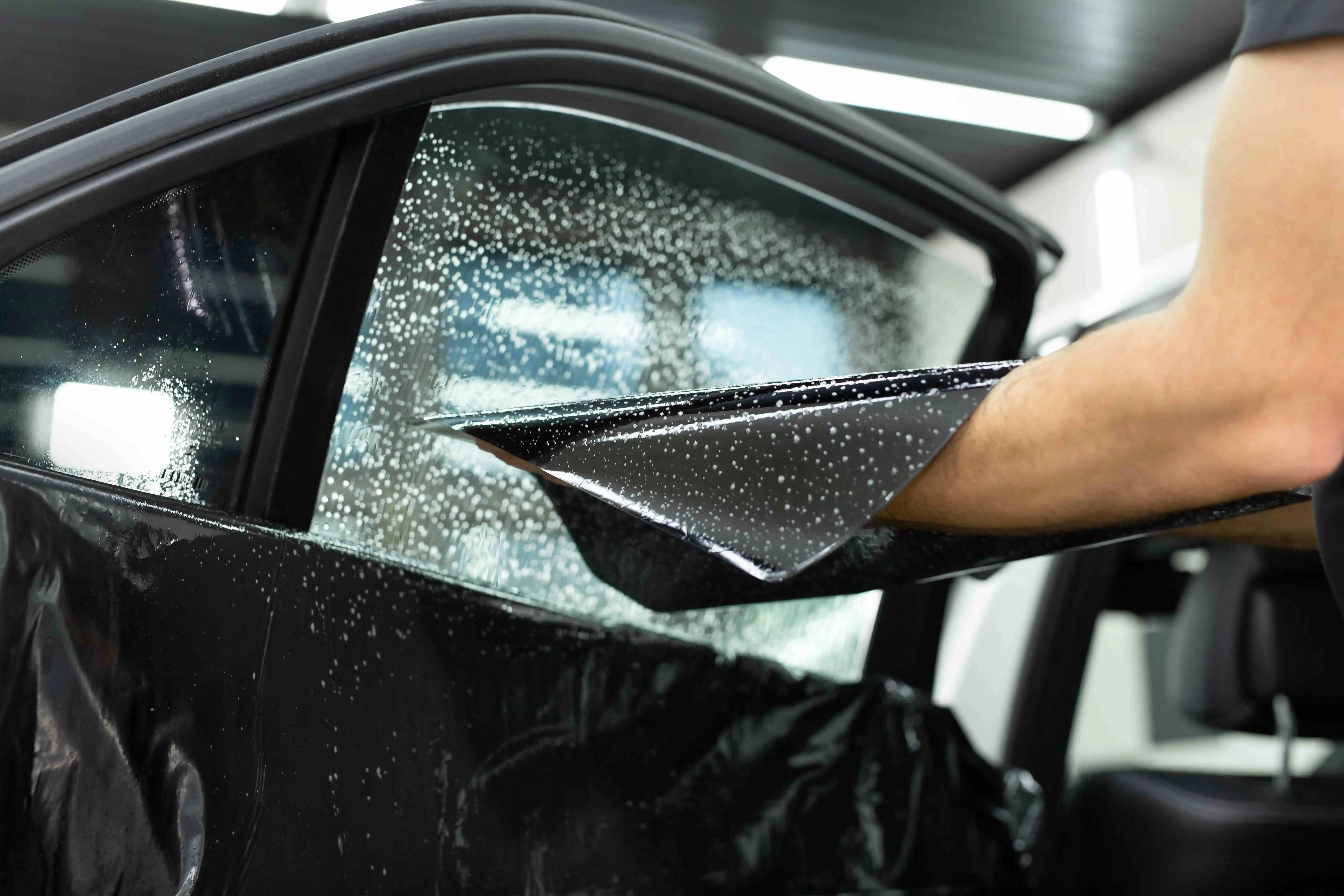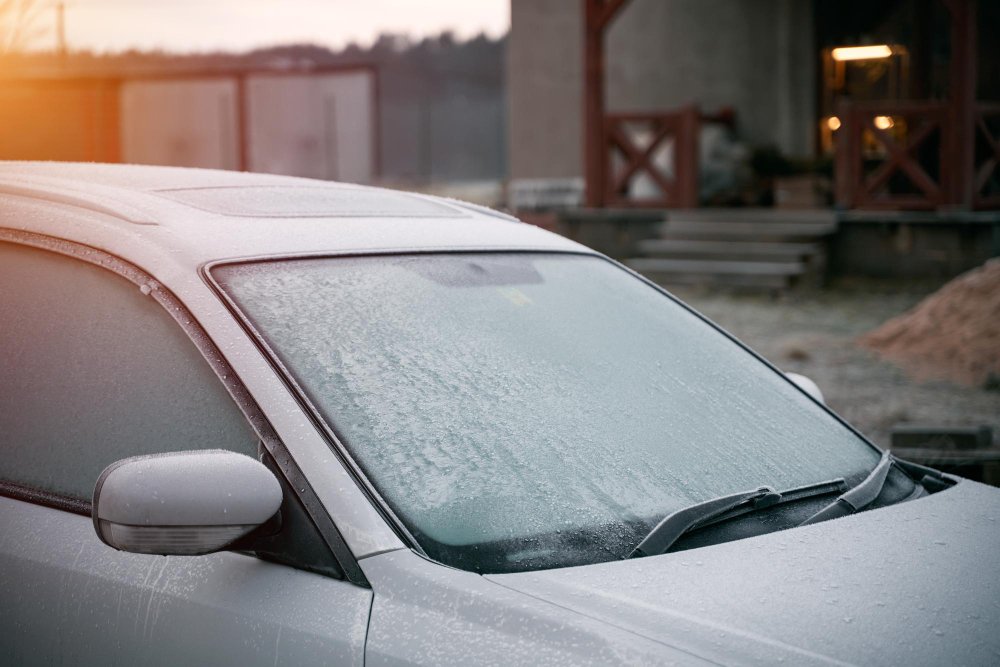Top-Rated Automobile Window Tinting Providers in Your Area
Top-Rated Automobile Window Tinting Providers in Your Area
Blog Article
Home Window Tinting Regulations and Standards: What You Need to Know Before Tinting Your Car
Prior to proceeding with home window tinting for your car, it is important to familiarize on your own with the varied regulations and guidelines that regulate this practice across various states. These policies determine the permissible levels of tint darkness, usually determined by visible light transmission (VLT) portions, and consist of specific specifications for front windscreens focused on making certain road safety and security. Additionally, specific territories may supply medical exemptions for individuals with qualifying conditions. Understanding these intricacies can save you from possible lawful implications, yet what are the details policies in your state?
Review of Window Tinting Rules
Home window tinting regulations are regularly based on variation across various territories, mirroring local regulations and security considerations. These legislations determine the acceptable degrees of tint darkness and reflectiveness on vehicle home windows, making certain that chauffeurs maintain appropriate visibility while also protecting versus dangerous UV rays and warm.
Most regulations categorize window tinting based on the Visible Light Transmission (VLT) percent, which shows the amount of light that can pass through the window. Generally, lower VLT percentages symbolize darker tints. Legislations often set apart in between the front, side, and rear windows, with more stringent limitations used to the front windscreen to improve security for both the driver and various other roadway users.
Additionally, some jurisdictions enforce limitations on the reflectivity of the tint, protecting against extreme glow that can hinder visibility. Exemptions to these legislations might exist for people with specific medical conditions calling for additional sun defense. Conformity with window tinting regulations is crucial, as infractions can lead to fines, compulsory elimination of the tint, and possible rises in insurance policy costs. As a result, it is vital for vehicle proprietors to acquaint themselves with neighborhood laws before proceeding with window tinting installments.
State-by-State Color Rules
Comprehending the certain window tinting policies in each state is essential for lorry owners looking for to adhere to the regulation. Each state in the united state has actually established its own set of guidelines regulating window tinting, which can differ considerably. These regulations typically determine the allowed levels of color darkness, the kinds of home windows that can be tinted, and any medical exceptions that may apply.
As an example, states like The golden state have rigorous limitations on tint darkness for front windows, while others, such as New Mexico, might allow darker colors. Additionally, certain states mandate specific exposure percentages for different home windows, including the windscreen, front side windows, and back windows. It is vital for vehicle proprietors to familiarize themselves with their state's regulations to prevent prospective penalties or penalties.
Additionally, some states may require a certification sticker to be put on tinted windows, indicating conformity with state laws. Failing to stick to these guidelines not just takes the chance of lawful repercussions however can also influence safety and exposure while driving. Car proprietors ought to conduct detailed research study or get in touch with local authorities to make certain full understanding and conformity with state-by-state tint policies.
Allowed Color Kinds and levels
Many lorry owners might be amazed to learn that permitted tint levels and types differ widely across various states. Each state has established its own laws concerning the permitted darkness and reflectivity of home window tint, typically gauged by Visible Light Transmission (VLT) percents. VLT describes the amount of light that can pass via the tinted home windows; thus, a lower percent indicates a darker tint.

In addition, the kinds of color products permitted can vary, with some states banning metal or mirror-like finishes. It is necessary for vehicle proprietors to familiarize themselves with their state's certain regulations to guarantee compliance. Non-compliance can cause penalties, mandatory removal of the tint, or various other lawful repercussions, making it vital to comprehend these regulations try this site before proceeding with installation.
Medical Exceptions for Tinting
While not all states give allowances for medical exemptions relating to home window tinting, those that do recognize the requirement for particular people to enhance exposure and convenience due to medical problems. Various medical problems, such as lupus, skin cancer, and certain eye conditions, can make people specifically conscious sunshine. These individuals might call for darker colors to protect themselves from hazardous UV rays and glow.

It is very important to note that even with a medical exemption, there may still be limitations on the level of tint allowed. Conformity with state laws ensures that people are both safeguarded and within legal limitations. Those considering medical exemptions should call their neighborhood Department of Electric motor Autos or equal authority to understand the needs and procedures required to use for an exemption properly.
Charges for Non-Compliance
Falling short to adhere to home window tinting legislations can result in significant fines, which vary by state. Police are empowered to issue citations for cars that do not follow the specified tinting policies. These penalties normally include penalties, which can range from Check Out Your URL small total up to several hundred dollars, relying on the seriousness of the infraction and the state concerned.
In some jurisdictions, repeated offenses may lead to rising penalties or extra fines, such as compulsory court looks. Non-compliance might demand the elimination of unlawful tinting, commonly at the proprietor's expenditure. In extreme instances, habitual offenders may deal with suspension of their lorry enrollment till conformity is achieved.
Additionally, insurance effects might develop from receiving several citations for home window tint offenses. Insurance firms may watch such offenses as a sign of riskier habits, possibly bring about boosted costs or trouble in coverage.
To stay clear of these penalties, it is essential for automobile proprietors to acquaint themselves with their regional home window tinting regulations and make certain that their lorry complies (Window Tinting). This aggressive approach not only avoids lawful ramifications but also advertises road safety and security
Verdict

The majority of regulations classify window tinting based on the Visible Light Transmission (VLT) portion, which suggests the quantity of light that can pass with the window. Conformity with home window tinting guidelines is vital, as violations can result in fines, necessary elimination of the color, and potential rises in insurance premiums.Understanding the specific window tinting policies in each state is vital for vehicle proprietors looking for to abide with the regulation. These policies typically determine the permitted levels of tint darkness, the kinds of windows that can be tinted, and any medical exceptions that might apply.
For circumstances, states like The golden state have rigorous restrictions on tint darkness for front windows, while others, such as New Mexico, might enable darker colors.
Report this page